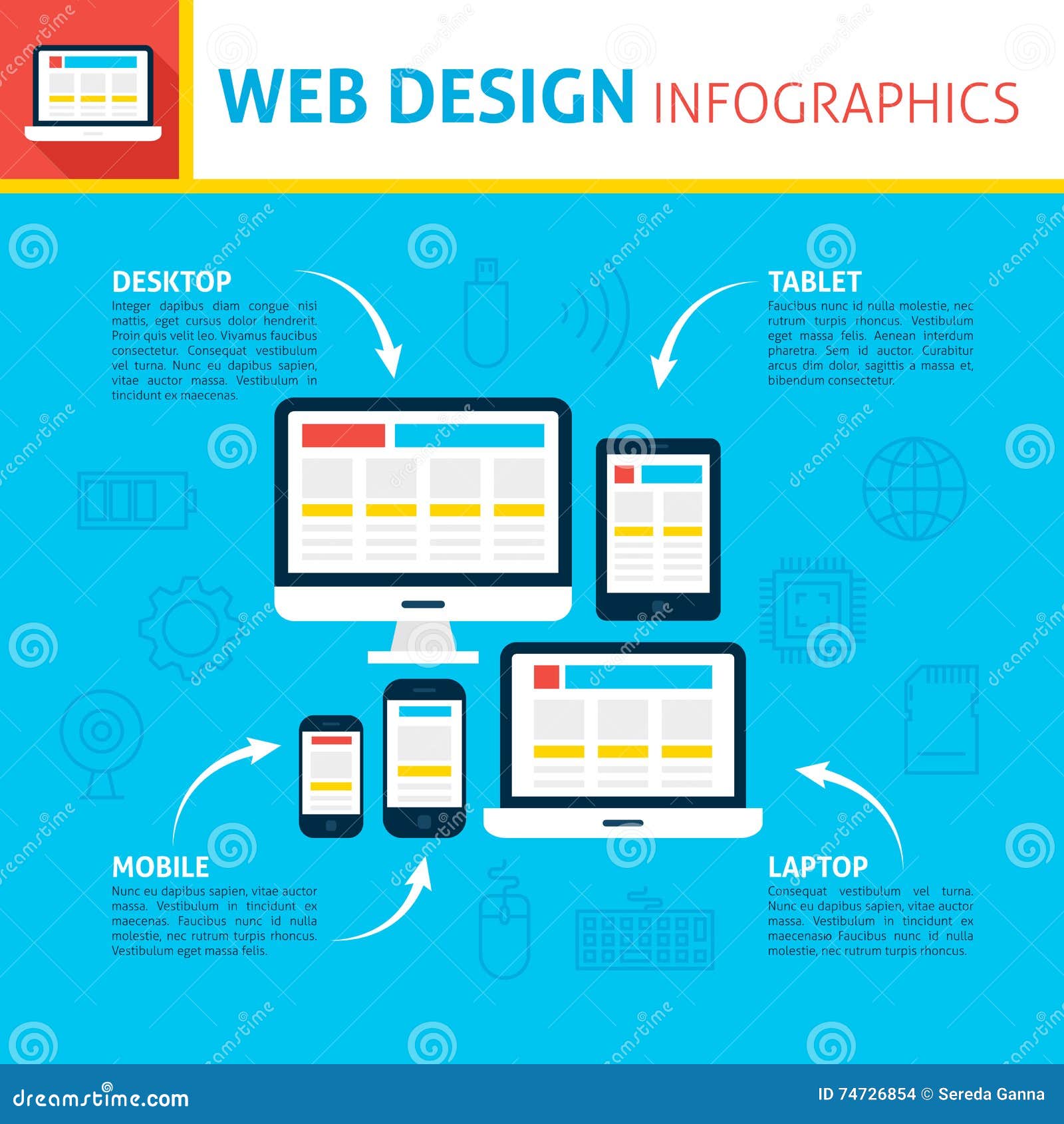Website Design Basics: Tips For Structure A User-Friendly Site
Website Design Basics: Tips For Structure A User-Friendly Site
Blog Article
Article Composed By-Scarborough Thorpe
When it involves internet site design, making certain user-friendliness is key. From receptive style to streamlined navigating, every element plays a vital duty in developing a site that satisfies your audience's needs. But what regarding the better details that can make or damage an individual's searching experience? Keep tuned as we uncover some often-overlooked tips that can elevate your site's functionality to the following level, making it really stick out in the digital landscape.
Importance of Responsive Layout
Receptive design is a critical element of modern-day website development. Guaranteeing your web site is responsive means that it can adapt to different display sizes and devices, offering a smooth experience for users.
With the boosting use of smartphones and tablets to access the web, having a responsive style is necessary for reaching a wider audience. It assists in enhancing customer experience by making your website easy to browse and continue reading any tool.
In please click the next post , receptive design can favorably influence your search engine rankings, as internet search engine like Google prioritize mobile-friendly websites. By having a responsive design, you're likewise future-proofing your internet site, as brand-new tools with varying screen sizes continue to emerge.
Simplify Navigating Framework
To improve individual experience and facilitate simple accessibility to info on your web site, simplifying the navigating framework is paramount. When creating your site, concentrate on developing a clear and intuitive navigating menu that aids visitors locate what they're trying to find rapidly.
https://www.ratchetandwrench.com/articles/12591-smart-social-keeps-the-car-count-climbing of food selection items to the essentials, organizing associated web pages with each other to prevent overwhelming users. Use descriptive tags that plainly show the web content of each page, making it easier for users to understand where each web link will take them.
Take into consideration applying dropdown menus for subcategories to prevent jumbling the major navigating bar. Additionally, consist of a search bar prominently on the web page for customers that like looking for certain info.
Focus on mobile responsiveness in your navigating design to ensure very easy gain access to on all tools.
Maximize Page Tons Rate
Improving page load speed is vital for retaining site visitors on your site. Slow-loading pages discourage users and can result in high bounce prices. To enhance page load speed, begin by optimizing pictures. Press photos without compromising quality to reduce their data dimensions.
In addition, make it possible for browser caching to store regularly accessed resources in your area, accelerating lots times for returning visitors. Minify CSS, JavaScript, and HTML files by removing unnecessary personalities, comments, and formatting, boosting tons rate.
Think about utilizing a content delivery network (CDN) to disperse your site's material across numerous web servers worldwide, reducing latency for customers accessing your site from different areas. Lastly, limit using third-party scripts and plugins, as they can considerably influence tons times.
Conclusion
Finally, by incorporating receptive style, simplifying navigation, and optimizing web page load rate, you can develop an easy to use web site that attract a wider target market and improves user experience. These essential elements make certain that site visitors can conveniently accessibility and navigate your website across different tools, bring about enhanced interaction and complete satisfaction. By concentrating on https://lovelandrealestateinvestm43321.idblogz.com/33554201/crafting-a-user-friendly-site-strategies-and-strategies-for-efficient-web-design , you can construct a successful internet site that maintains users coming back for more.
